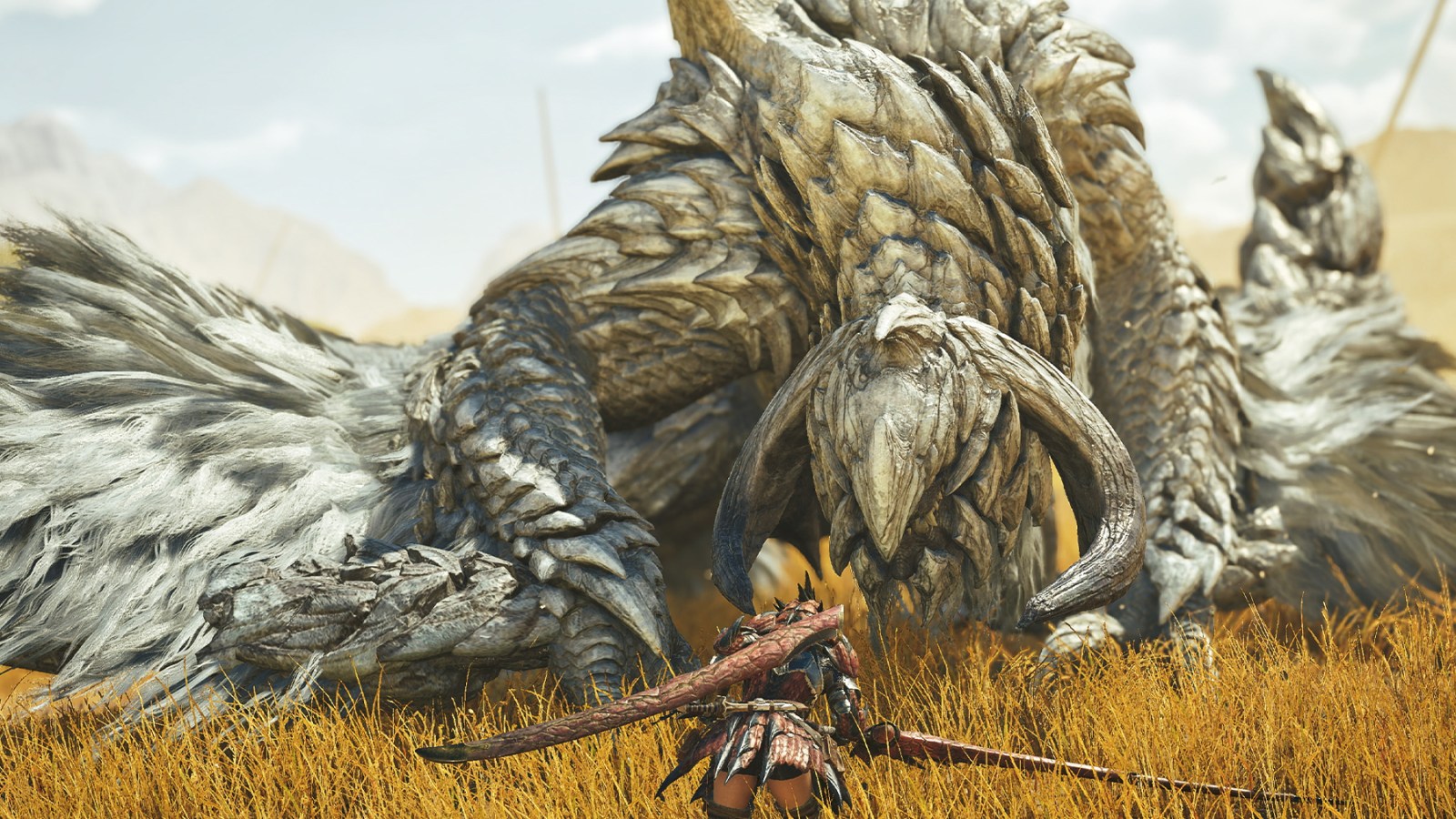Hunting Legends: 'Monster Hunter Wilds' Roars with Potential, But Stumbles in World-Building

Monster Hunter Wilds emerges as an ambitious new entry in the beloved franchise, attempting to bridge the innovative gameplay elements of Rise and the immersive world-building of World. However, the game struggles to fully deliver on its promised depth and accessibility, leaving fans with mixed expectations.
While Capcom has hyped the title as a groundbreaking evolution of the Monster Hunter series, the current iteration feels somewhat constrained. The game attempts to blend the dynamic hunting mechanics of Rise with the expansive environmental design of World, but falls short of creating a truly seamless experience.
Despite its promising trailer and developer promises, Monster Hunter Wilds appears to retain the series' notoriously steep learning curve. New players may find themselves overwhelmed by complex systems and intricate gameplay mechanics, potentially deterring those seeking a more welcoming entry point into the monster-hunting genre.
The game's potential is evident, yet it seems to be caught between honoring its established formula and pushing meaningful innovation. While hardcore fans might appreciate the nuanced gameplay, casual players may find the experience more frustrating than engaging.
As the release approaches, the community remains cautiously optimistic, hoping that Capcom will refine the experience and truly deliver the accessible yet deep adventure they've been teasing.
